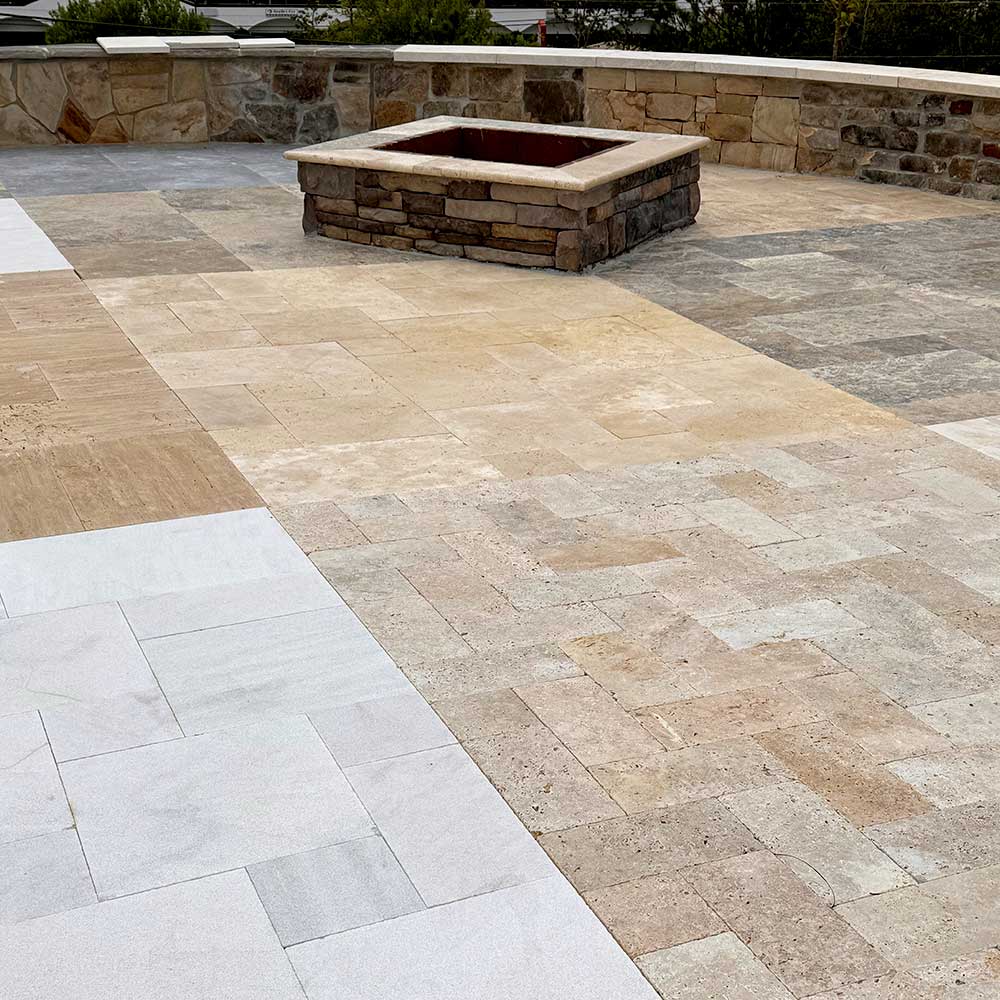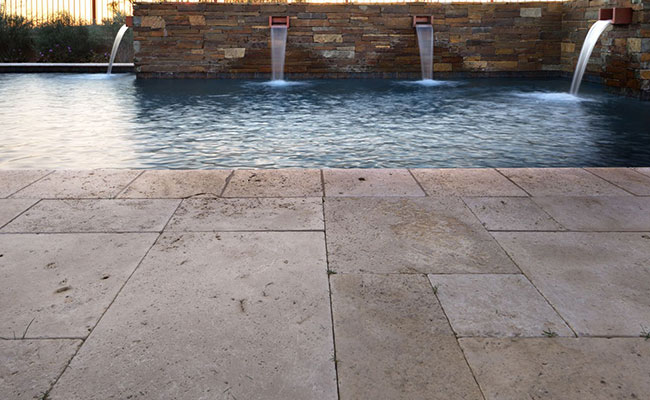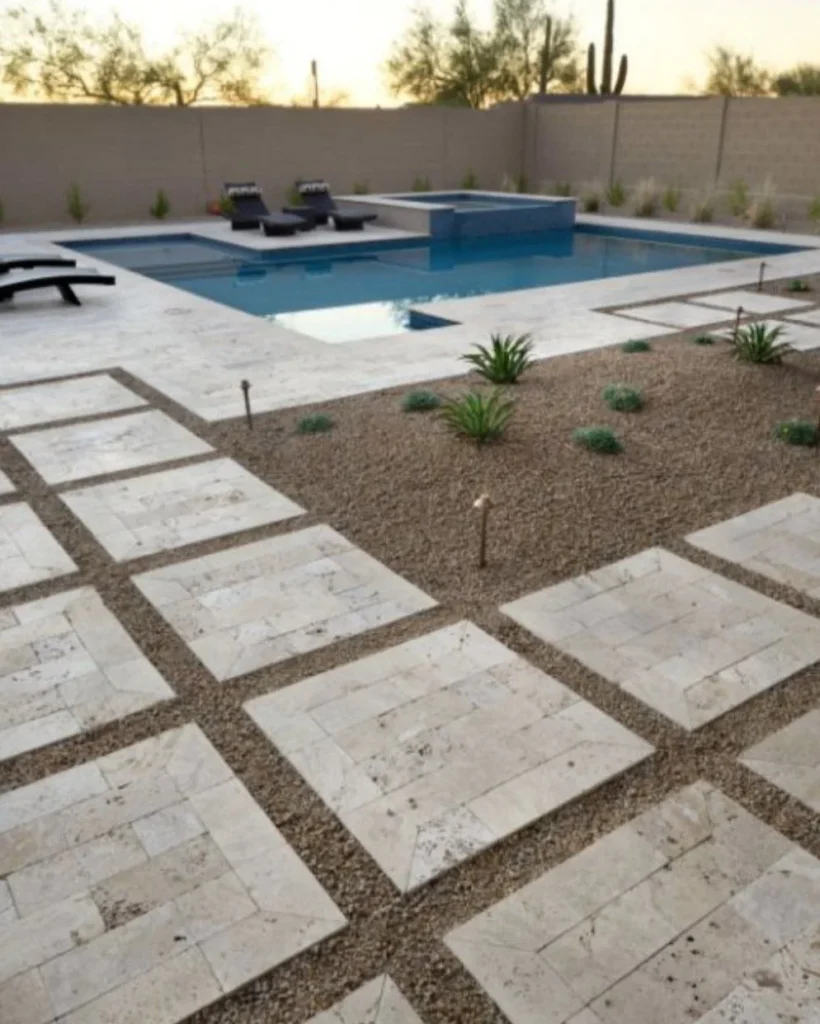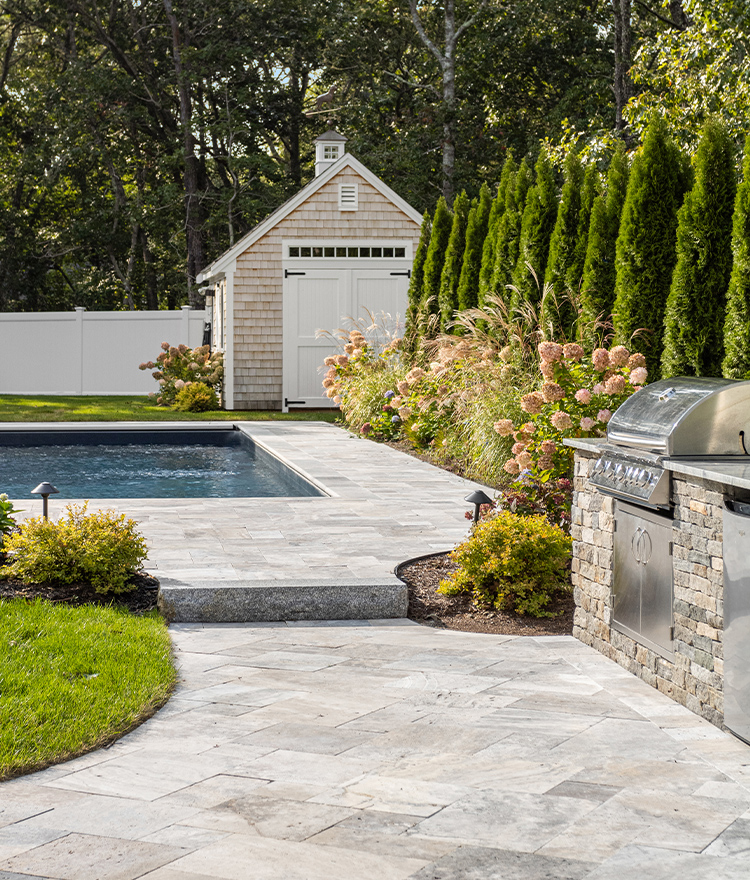Should you seal travertine pavers before grouting?
Travertine pavers are a favorite choice for patios, pool decks, and walkways because of their natural beauty and durability. But when it comes to installation, one of the most common questions is: Should you seal travertine pavers before grouting?
The short answer: Yes—pre-sealing is highly recommended. Here’s why.
Why Pre-Sealing Is Important
1. Protects Against Stains
Travertine is porous, which means grout can seep into the surface and leave behind permanent stains. Sealing the stone first creates a protective barrier so the grout stays in the joints instead of the stone.
2. Reduces Grout Haze
Grout often leaves a thin film, called grout haze, on the surface of the pavers. Without sealing, that haze can be difficult to remove. Pre-sealing makes cleanup much easier.
3. Preserves the Stone’s Appearance
Whether you prefer a natural matte look or a richer, color-enhanced finish, pre-sealing helps maintain the paver’s beauty during installation and over time.
How to Pre-Seal Travertine Pavers
-
Clean thoroughly – Remove dirt and dust from the surface.
-
Select the right sealer – Use a penetrating sealer made for natural stone.
-
Apply evenly – Use a roller, brush, or sprayer, avoiding puddles.
-
Allow to dry – Let the sealer cure fully (usually 24 hours) before grouting.
-
Seal again afterward – Apply another coat after grouting for long-term protection.
When You Might Skip It
If you’re working in a low-traffic area or using a grout release product, you may decide pre-sealing isn’t necessary. However, for most outdoor projects—especially around pools and patios—pre-sealing offers significant benefits.
Final Takeaway – Should you seal travertine pavers before grouting
Sealing travertine pavers before grouting is one of the best ways to protect your investment. It helps prevent stains, simplifies cleanup, and keeps your stone looking beautiful for years to come.
If you’d like expert guidance on stone care and installation, reach out to us for product recommendations tailored to your project.










